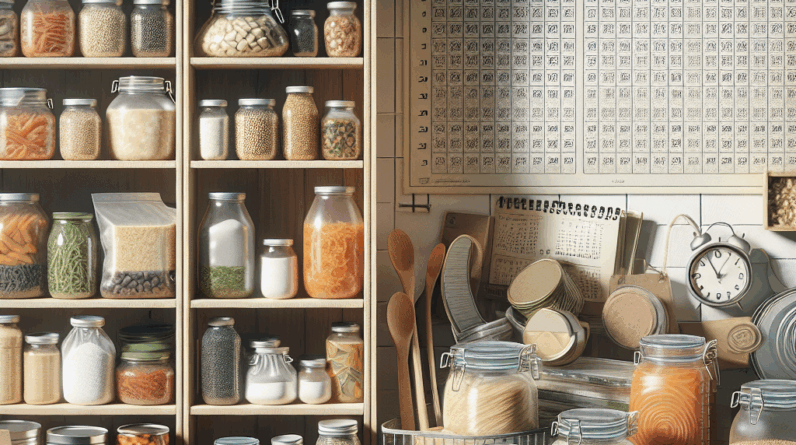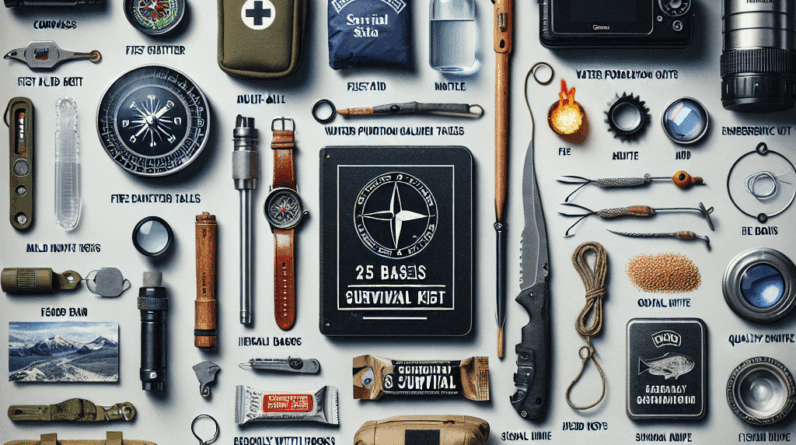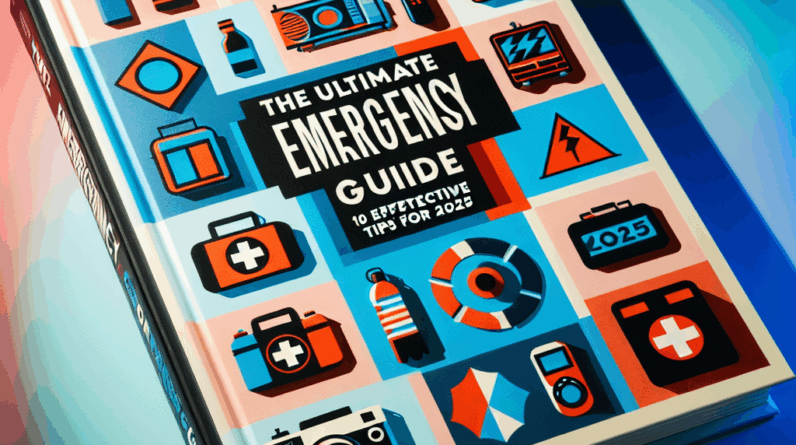Preparing for an earthquake involves understanding the risks, creating a solid safety plan, and staying informed. By taking proactive steps, you can significantly enhance your readiness and safety during such unforeseen events.
Understand the Risks
# Know Your Area
When it comes to earthquakes, being aware of your location’s seismic history is crucial. Upon moving to California, I was initially unaware of its earthquake proneness, prompting me to research. This revealed that seismic risks vary by geography and historical activity. By understanding your area, you can adopt appropriate safety measures.
Local geological surveys and resources like the US Geological Survey provide essential data on earthquake probabilities in various regions. This information is critical for tailoring your preparedness efforts.
The more informed you are about the potential dangers, the better equipped you are to prepare your household. Taking time to learn about these risks will boost your confidence in your earthquake readiness plan.
# Recognizing Potential Hazards
Understanding risks also means identifying potential hazards in and around your home. For instance, securing heavy items like bookshelves, and assessing outdoor hazards such as nearby trees, are steps towards a safer home environment.
Creating a list of these hazards and addressing them promptly can greatly improve your safety measures during an earthquake.
Remember, safety adjustments can significantly protect your loved ones during seismic activities, both inside and outside your home.
# Stay Informed
Keeping up-to-date with local seismic activities is vital. Register for local emergency alerts and participate in community safety meetings, which are often organized by local governments.
Staying informed about local seismic changes allows you to update your preparedness plans accordingly, fostering a community spirit of safety and cooperation.
Build an Emergency Kit
# Essentials for Your Kit
Assembling an emergency kit is simpler than it sounds. Essentials like water, non-perishable food, a flashlight, batteries, a first aid kit, and a whistle are crucial for immediate survival.
Include personal items such as important documents in waterproof containers and consider any specific family needs like medications or baby supplies. Familiarize everyone with the kit’s location and practice accessing it together.
# Regular Maintenance
An emergency kit is not a ‘set it and forget it’ item. Regular reviews and updates of the kit are essential to ensure all items are functional and up to date. This can be a valuable family activity that keeps everyone prepared and informed.
# Add a Personal Touch
Adding personal comfort items to your emergency kit can provide emotional support during stressful situations. Items like a favorite book, a small game, or a family photo can make a big difference. Including a small amount of emergency cash can also be a prudent addition.
Develop a Family Emergency Plan
# Create a Communication Plan
Establishing a communication plan is essential for any emergency. Decide on a family meeting point and develop a communication chain that includes a contact outside your area to act as a central communication point.
Regular family discussions on the emergency plan make it easier to remember and implement when needed, ensuring everyone’s safety.
# Identify Safe Spots
Identify and note down safe spots within each room of your house where you can ‘Drop, Cover, and Hold On.’ Practice accessing these spots with your family, turning it into an engaging activity.
Also, designate safe external locations like community parks or open spaces that are accessible during severe earthquakes.
# Run Drills Together
Regular drills ensure that safety measures are second nature to your family. Incorporate variations in the drills to cover different aspects of your emergency plan, making them an educational yet fun activity.
Stay Informed About Local Resources
# Emergency Services and Hotlines
Familiarize yourself with local emergency numbers and services. Keeping these contacts handy can be a lifesaver during actual emergencies.
# Utilize Technology and Alerts
Leverage technology to stay informed about seismic activities and other emergency alerts. Ensure your family members are also set up to receive these notifications.
# Participate in Local Preparedness Events
Engaging in community preparedness activities can enhance your knowledge and readiness. These events are also an opportunity to connect with neighbors and bolster community support.
Frequently Asked Questions
# 1. What should I put in my emergency kit for earthquakes?
Your emergency kit should include water, non-perishable food, a flashlight, batteries, a first aid kit, medications, and important documents. Personal comfort items can also help during stressful times.
# 2. How do I know if my area is at risk for earthquakes?
You can check with local geological resources, such as the US Geological Survey or your state’s geological survey, to learn about your area’s seismic activity history and risk level.
# 3. Why is it important to practice earthquake drills with my family?
Practicing drills helps everyone know what to do when an earthquake strikes, reinforcing safety measures and creating a sense of calm and preparedness during an emergency.
# 4. How often should I update my emergency kit?
It’s a good idea to review your emergency kit every six months, replacing expired items and checking that all contents are still in good condition.
# 5. What are some good resources for local earthquake preparedness?
Local emergency services, community centers, and online platforms that focus on emergency management can provide valuable information and resources to help you prepare for earthquakes.
This article is written with a personable tone, making it relatable and educational. It covers important aspects of earthquake preparedness while maintaining a friendly voice.




